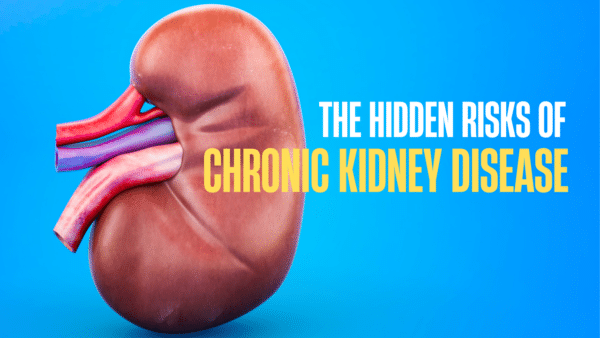September is Prostate Cancer Awareness Month
Exact causes of prostate cancer are unknown, and there may be no symptoms in early stages. As the disease advances, common symptoms include difficulty urinating or poor urination stream. Some men may notice blood in urine or semen. Yet others may experience discomfort in the pelvic region or lower back.There are four main stages of the disease. In its early stage, the disease is localized within the prostate. As cells begin to grow, they invade surrounding tissue.
 Normal prostate specific antigen readings vary from man to man and increase as men age. Therefore, normal readings for men above age 70 may prove high for men age 40. Normal prostate blood test readings range from .3 to 2.5 for men below age 50. Normal ranges for men above age 50 and 60 may read as high as 4.7 and 8.3, respectively. Prostate blood test readings can register as high as 160. This usually indicates cancer.
Normal prostate specific antigen readings vary from man to man and increase as men age. Therefore, normal readings for men above age 70 may prove high for men age 40. Normal prostate blood test readings range from .3 to 2.5 for men below age 50. Normal ranges for men above age 50 and 60 may read as high as 4.7 and 8.3, respectively. Prostate blood test readings can register as high as 160. This usually indicates cancer.
Treatment for the disease is dependent upon the stage at diagnosis. It may include watching the disease or surgery to remove the prostate. A combination of therapies and surgery may be indicated for men who have higher risks of contracting cancer. Aggressive stages of the disease often include therapies to ease pain and provide comfort, making early detection the best treatment.This cancer is slow growing and often develops later in life. Therefore, it may not be the cause of death in older gentlemen. Today, medical advancements have given hope to many who are diagnosed every year. However, regular exams including blood tests that check PSA levels are vital for continued success.

